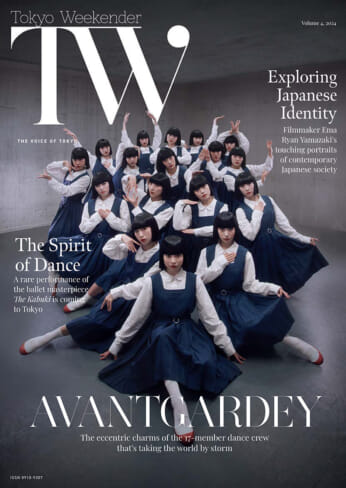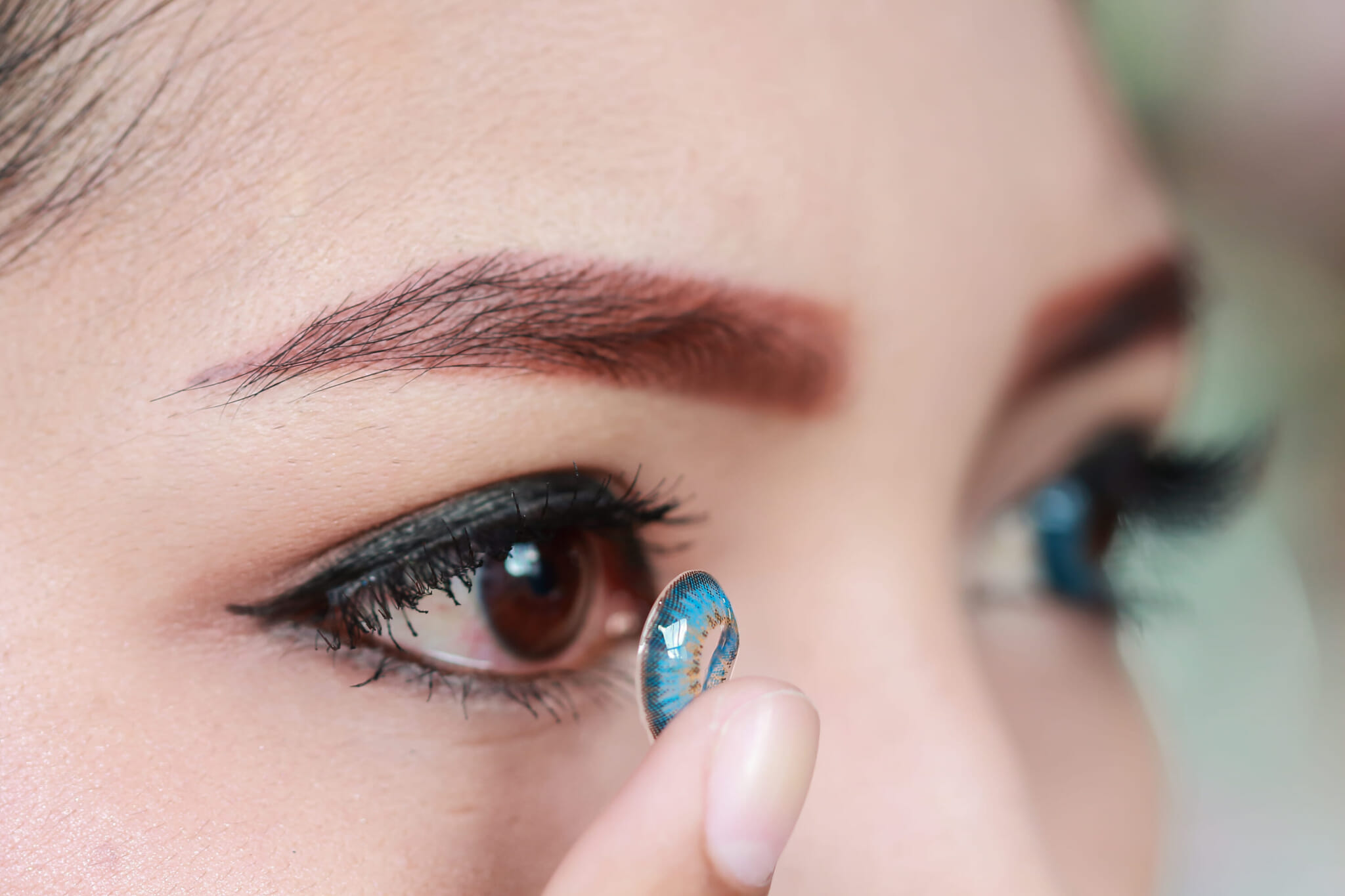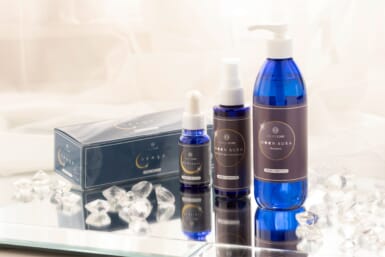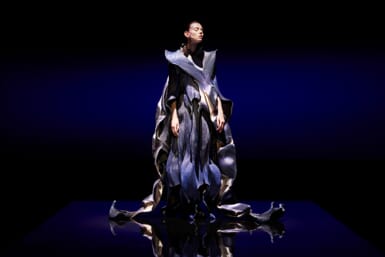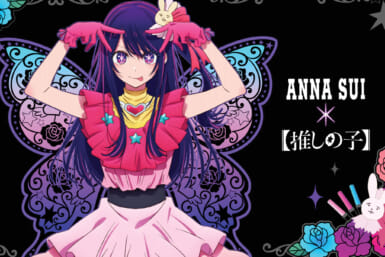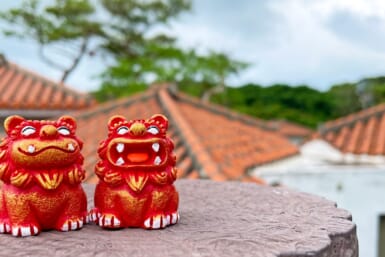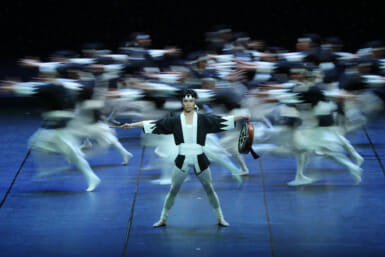Colored contacts are the crown jewel of Japanese beauty. Renowned for their high quality, innovative designs and safety standards, Japanese colored contacts set the gold standard. From high schoolers to models, millions in Japan use them daily. Actresses and influencers are even launching their own lines. The domestic market is booming, estimated at a staggering ¥300 billion. That’s a quarter of the global contact lens market, according to Forbes Japan.
Whether you’re looking to enhance your natural eye color or make a bold fashion statement, Japan’s colored contact lens market offers a plethora of options to choose from. This guide will cover everything you need to know, from how to select the right lenses to popular brands in Japan to essential safety and usage tips.
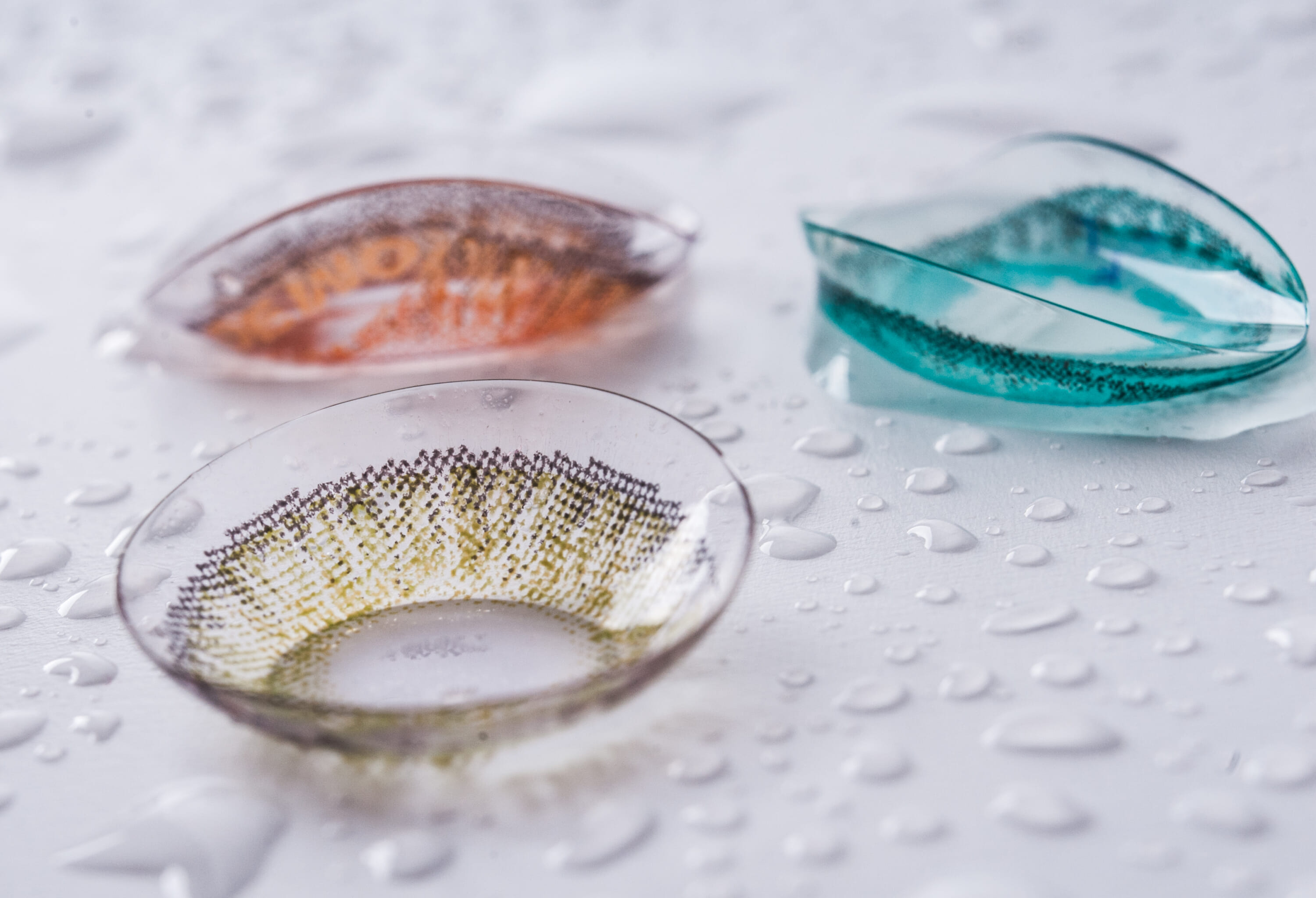
Types of Colored Contacts
Enhancement Tints
Enhancement tints are designed to enhance your natural eye color. Ideal for everyday wear, these lenses add a subtle pop of color without being overly dramatic.
Opaque Tints
Opaque tints are the go-to choice for those looking to completely alter their eye color. These lenses are highly pigmented, making them capable of covering even the darkest natural eye colors. Available in a wide range of colors, from icy blue to deep hazel, opaque tints let you experiment with different looks and styles.
Circle Lenses
Popular in Japan, circle lenses are loved for their ability to make eyes appear larger and more defined. These lenses feature a dark ring around the iris, enhancing the size and giving a more pronounced, doll-like look.
Special-Effects Lenses
Special-effects lenses are all about making a statement. These lenses come in a plethora of unique designs and colors, perfect for cosplay, themed parties or simply standing out in a crowd. From cat eyes and spirals to vibrant reds and eerie whites, special-effects lenses allow for limitless creativity.
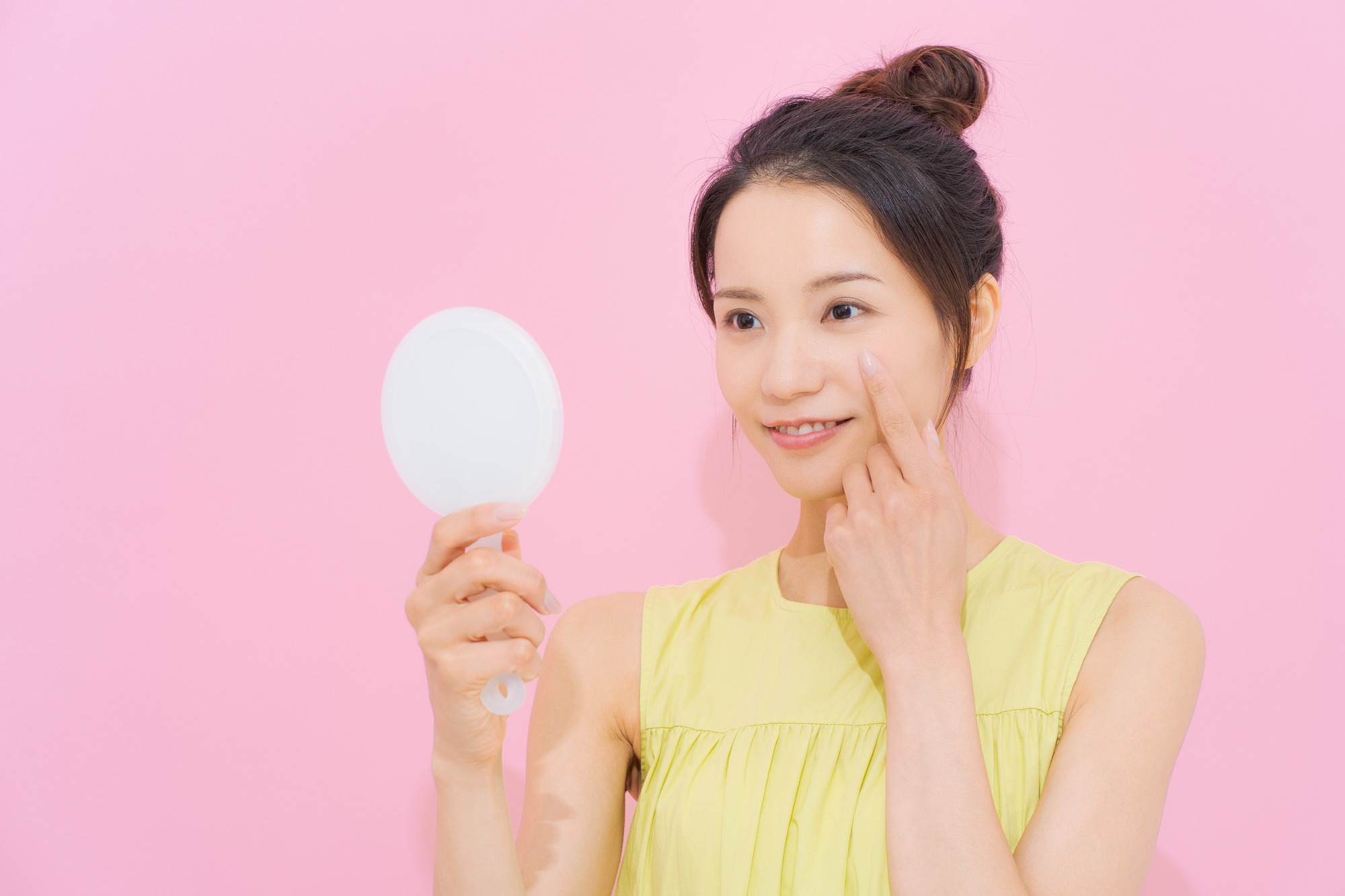
Choosing the Right Lenses
Colored contact lens boxes are teeming with cryptic letters and numbers. But what do they all mean? When choosing colored contacts, it’s essential to consider the following seven factors:
- DIA (diameter)
- Tint diameter
- BC (base curve)
- Water content
- Prescription
- Color
- Duration
DIA (Diameter)
DIA is the measurement of the entire lens diameter in millimeters, measured while the lens is in its dome shape without being flattened.
Lenses with a larger DIA cover more of the eye, making the tinted area less likely to shift and providing a stable wearing experience. However, larger lenses can make it harder for the cornea to breathe. The most common DIA for colored contacts ranges from 14.0 to 15.0 mm.
Tint Diameter
The tint diameter refers to the diameter of the colored portion of the lens. The apparent size of your iris when wearing colored contacts is determined by the tint diameter, not the DIA.
The average diameter of a Japanese person’s iris is said to be 11–12 mm. Wearing lenses with a tint diameter close to your natural iris size gives a natural look, while larger tint diameters make your eyes appear bigger.
BC (Base Curve)
BC indicates the curvature of the lens that contacts the eye. A smaller value means a steeper curve; a larger value means a flatter curve.
If the lens curve is too steep compared to your eye, it can cause discomfort and potentially damage your eye. Conversely, if the curve is too flat, the lens may shift around easily during wear. Generally, if the base curve of the lens is within ±0.2 mm of your eye’s base curve, it is considered within the acceptable range for wear.
Water Content
Water content refers to the percentage of water in the lens.
Lenses with a water content above 50% are classified as high-water-content lenses, while those with 50% or below are low-water-content lenses. High-water-content lenses are softer and more comfortable but require more moisture, which can cause your eyes to dry out as they absorb moisture from your eyes. Low-water-content lenses contain less water and might not be as comfortable but are better at retaining moisture, making them more resistant to dryness.
Prescription
Colored contacts come in both prescription and non-prescription options.
For prescription lenses, you can address vision differences by selecting lenses with different prescriptions for each eye. Some stores let you purchase a single box even if your prescriptions differ, while others require you to buy two boxes, so be sure to check before buying.
Color
Colored contact lenses come in a wide variety of colors, ranging from natural shades that match your eye color to vivid primary colors and even cosplay-specific designs.
Duration
The duration for which you can use a single pair of colored contacts varies by type: monthly lenses, two-week lenses, and daily lenses.
Daily lenses are designed to be disposable, so once you remove them, they cannot be worn again. Monthly lenses, which can be used for a longer period, offer better cost efficiency. However, to maintain hygiene, it’s essential to clean and care for them correctly every day.
Top Japanese Colored Contact Brands
View this post on Instagram
Flurry
Produced by Kirara Asuka, Japan’s most infamous ex-porn star, Flurry has become one of the most popular brands in recent years. Known for its circle lenses with large DIA and tint diameters, Flurry lenses give wearers a doll-like appearance. Among the dozen color variations, Suika Soda stands out as a favorite. This natural pink shade with a wide brown ring creates an enchanting look.
View this post on Instagram
Ever Color 1Day Natural
Ever Color 1Day Natural is perfect for those seeking a more subtle enhancement. While some colors feature a slight ring, most lenses are either enhancement tints or opaque tints in natural hues. Sweet Luxe, a warm brown color, is particularly popular for its understated elegance.
View this post on Instagram
Loveil Aqua Rich UV
For a bolder transformation, Loveil Aqua Rich UV offers a range of vivid colors. Produced by J-pop icon Kumi Koda, this brand is known for its striking shades. Mermaid Aqua, a brilliant blue, is especially popular for its eye-catching, almost white-blue hue that makes a dramatic statement.
Where To Buy Contacts
Japanese colored contacts can be found at various retailers, including major discount stores like Don Quijote, which also educates customers on proper usage. Many Don Quijote locations offer a plethora of options to choose from; the Shibuya location has an entire section dedicated to trending lenses. Pharmacies also carry a few brands, but they can only be purchased after you provide documented proof of an eye care exam from your optometrist.
Online shopping is another convenient option, with websites like More Contact and Queen Eyes offering a wide selection and competitive prices.
Japanese colored contacts are more than just a fashion accessory — they’re a bold expression of individuality. By following this guide, you can safely and stylishly navigate the colorful world of Japanese contact lenses. So go ahead — get an eye exam, experiment with different styles and let your eyes do the talking.
Related Posts
- You Can Now Buy Glasses Themed After Popular Gacha Game Fate/Grand Order
- The 5 Best Japanese Skincare Items Your Routine Needs
- A Complete Guide to Japanese Sunscreens: The Best Products to Survive the Summer
Updated On June 13, 2024
